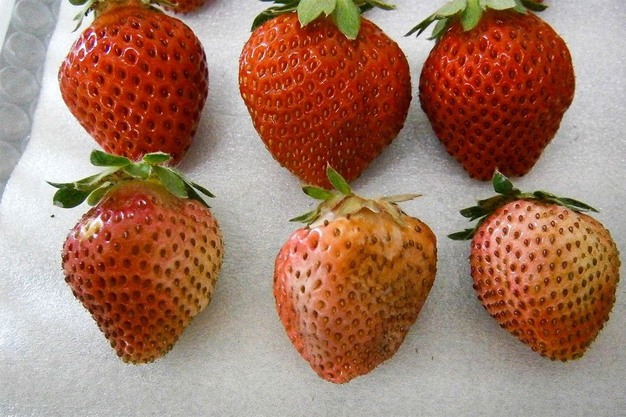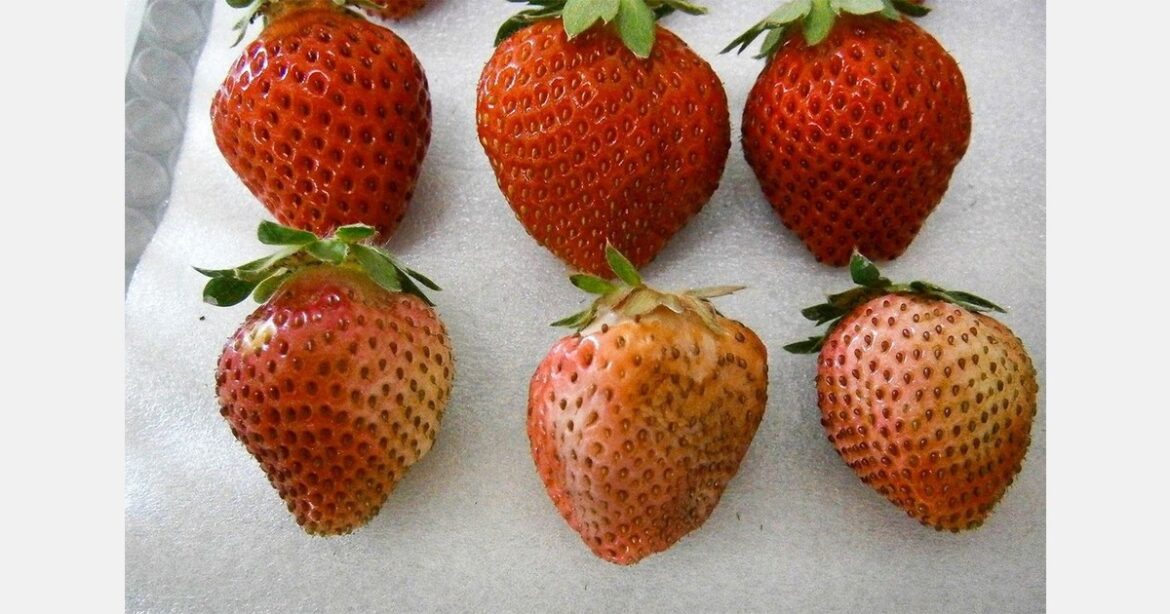Japan’s climate spans from the cold winters of Hokkaidō in the north to the subtropical conditions of Kyūshū and Okinawa in the south. Over the past two years, the country has faced higher average temperatures, reflecting broader global climate trends.
Meteorological data show that temperatures rose sharply in 2023 and have remained elevated since. The number of summer days exceeding 35°C continues to increase, linked to the strengthening of the Pacific High. Warmer sea temperatures near the Philippines raise air pressure over Japan, resulting in extended sunny periods. High temperatures often persist into autumn, while winter cold waves still occur, but with less overall cooling.
As temperatures rise, humidity also increases, causing heavier rainfall events. Japan is now experiencing more floods and inundation damage but fewer total rainy days, heightening the risk of drought. The climate is shifting toward higher temperatures and more erratic rainfall patterns, creating ongoing challenges for agricultural production.
 © Kumamoto Prefectural Government
© Kumamoto Prefectural Government
Heat stress damages fruit and vegetable crops
In 2023 and 2024, prolonged heat caused damage across major fruit and vegetable crops. Tomatoes and eggplants suffered sunburn, and pollination rates declined, leading to lower fruit set. Leafy greens and root vegetables exposed to high winter and spring temperatures matured early but showed reduced summer growth, resulting in smaller harvests. Supply instability led to greater price volatility in the wholesale market.
Strawberry growers also reported yield and timing problems. High temperatures during the budding stage delayed flowering and harvest schedules, with some shipments missing the December holiday season, when strawberries are in high demand for desserts.
Among fruit crops, sunburn and colouring issues were common in apples, grapes, and tangerines. Apple growers reported that around 30% of crops sampled nationwide in 2023 showed poor colouring. While higher temperatures tend to increase sugar levels, they also reduce acidity, altering flavour profiles and affecting overall fruit balance.
As Japan continues to face warmer conditions and irregular rainfall, producers are adjusting cultivation timing, greenhouse cooling strategies, and varietal choices to stabilise production and maintain crop quality.
Source: Nippon


AloJapan.com